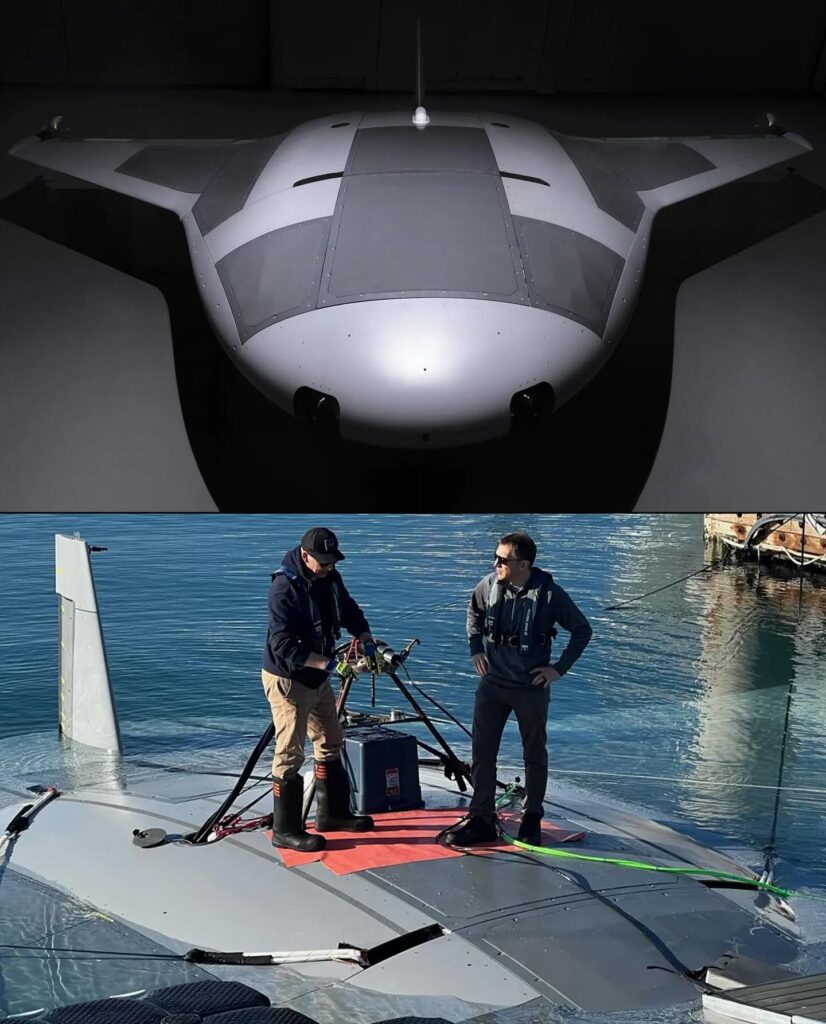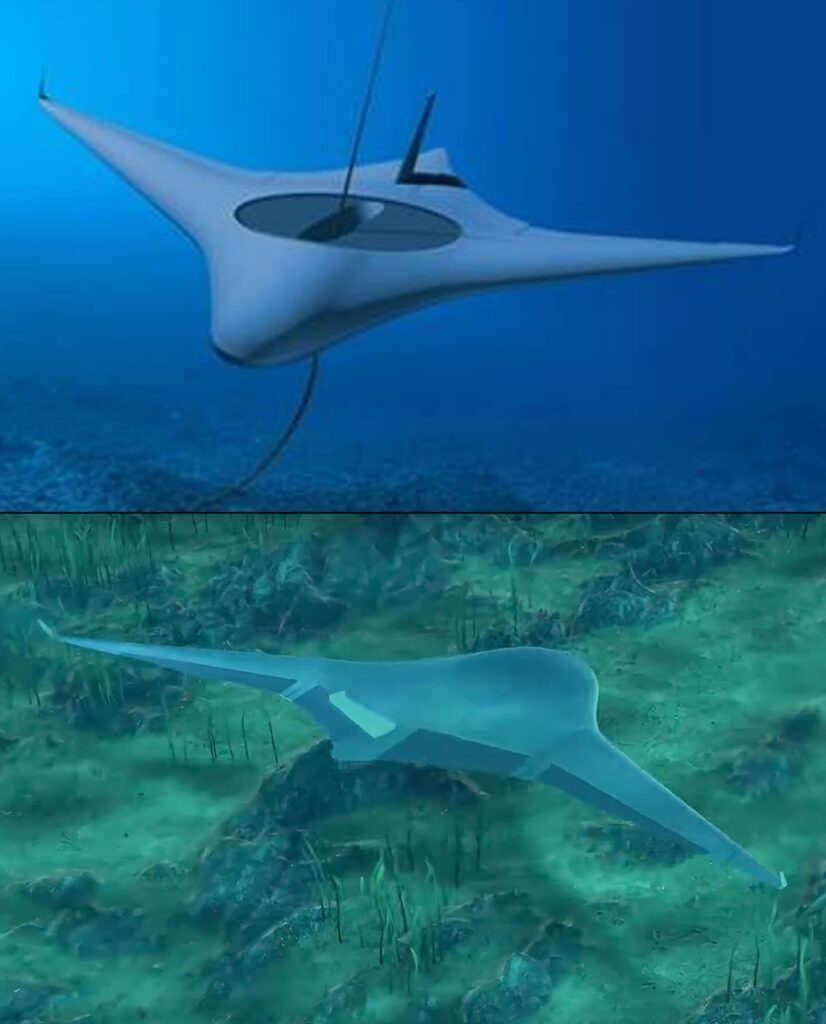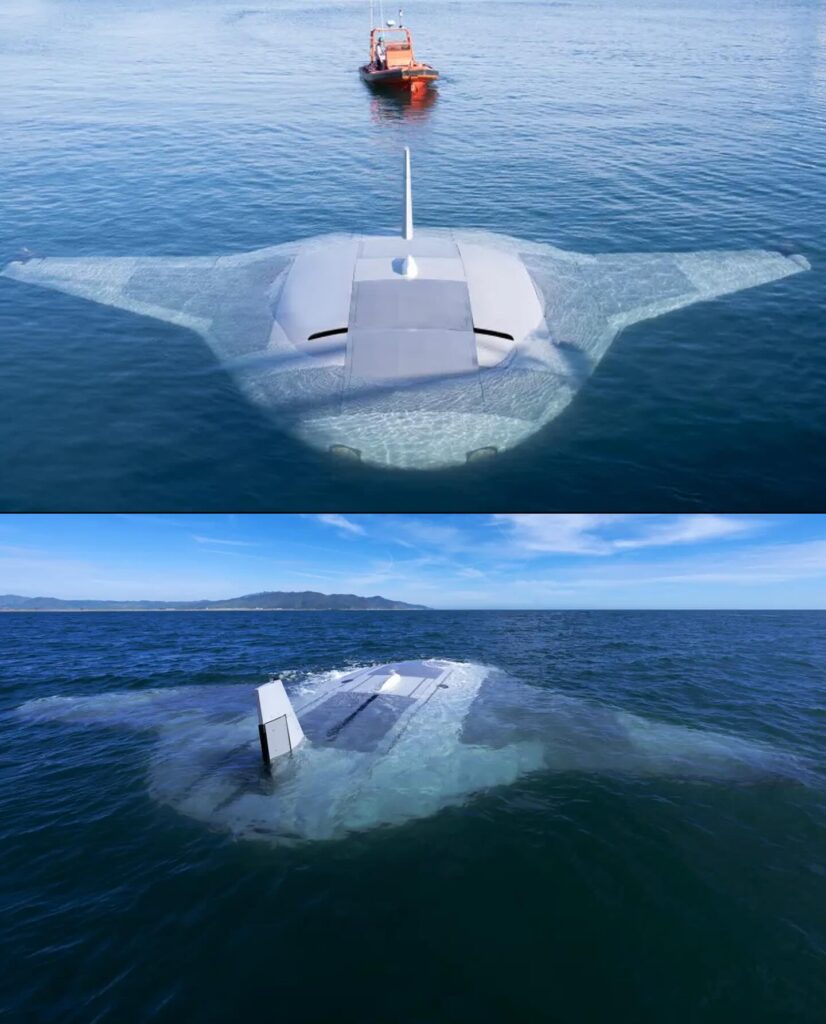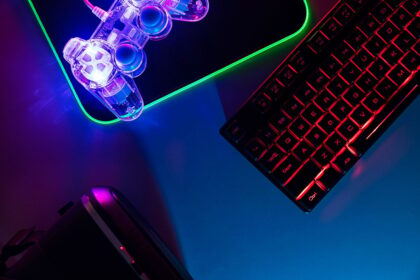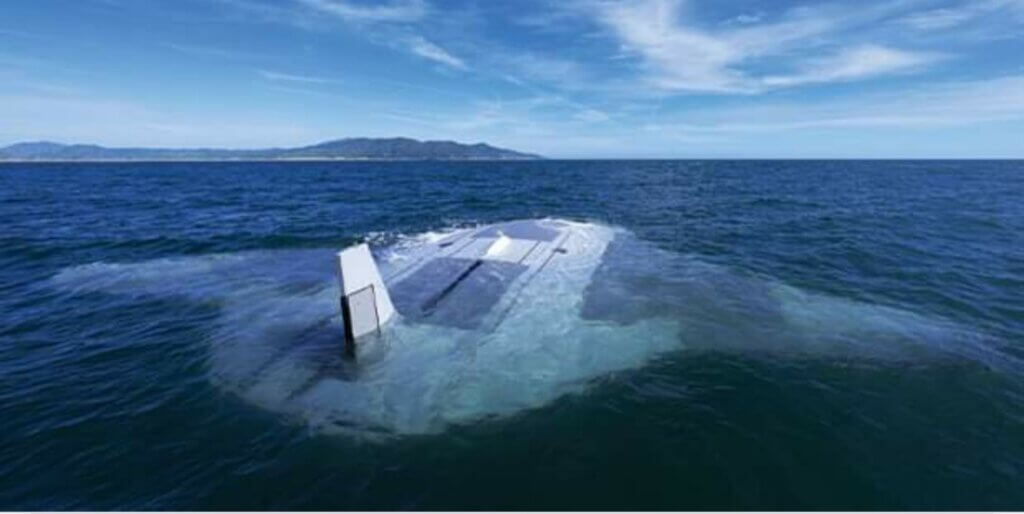
Northrop Grumman, in collaboration with the Defense Advanced Research Projects Agency (DARPA), has unveiled a groundbreaking autonomous underwater drone called the “Manta Ray.” This state-of-the-art UUV represents a major advancement in underwater technology, specifically designed for extended-range and prolonged missions.
Key Takeaways
- The Manta Ray has effectively finished its initial in-water testing stage along the shoreline of Southern California, demonstrating its advanced hydrodynamic abilities and operational preparedness.
- Tailored for self-sufficiency, the Manta Ray is capable of executing prolonged missions in distant oceanic settings, supporting tasks such as mapping, detecting mines, and surveillance.
- The modular design enables convenient transportation, swift assembly, and deployment, which has the potential to completely transform naval logistics and deployment tactics.
The Manta Ray's significance lies in its advancement in underwater technology, enabling it to function autonomously in difficult and isolated areas of the ocean. This capability is vital for improving the Navy's operational adaptability and conducting sensitive and critical missions without endangering human lives. The successful deployment of the Manta Ray highlights the potential transformation of future naval operations, emphasizing the utilization of unmanned and autonomous systems.
Implications for the Navy
The addition of the Manta Ray to the Navy's weapons could greatly change how naval operations are conducted by:
- Improving the Navy's capacity for carrying out long-term surveillance and reconnaissance operations covertly.
- By minimizing the requirement for big, crewed support ships and infrastructure, it saves money and enhances operational secrecy.
- Introducing enhanced abilities in undersea warfare, especially in crowded or dangerous conditions where conventional manned operations are too unsafe.
Implications for America
The progress of self-governing underwater drone technology like the Manta Ray enhances national security by guaranteeing that the U.S. stays ahead in military technology, especially in undersea combat. This technological advantage is crucial in upholding strategic dominance in global waters, particularly in disputed areas where underwater resources and routes are extremely significant.
Furthermore, the advancement and creation of these cutting-edge technologies promote creativity in America's industrial and defense fields, leading to economic expansion and upholding technological dominance worldwide.
Conclusion
The Manta Ray underwater drone represents more than just a new tool; it signals the direction of naval operations in the future. As autonomous systems like the Manta Ray are increasingly incorporated into military plans, they will reshape how engagement, security, and defense technology are approached. The successful use of the Manta Ray by the U.S. Navy is a major advancement towards a maritime future that is more autonomous, streamlined, and safe.
Become part of our group of readers who love naval innovation and defense technology. Sign up today to get the newest information on advancements such as the Manta Ray and other important progress sent straight to your email. Gain access to unique perspectives, thorough evaluations, and professional opinions to keep up-to-date on the changing world of maritime security and technology.
